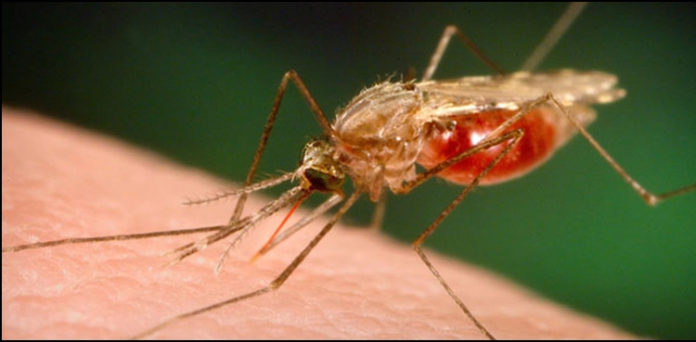Sindh has seen a dramatic rise in malaria cases, with over 100,000 new infections reported in the past week. According to data from the National Institute of Health (NIH), 106,684 cases have been confirmed across the province, underscoring the escalating threat of the disease.
Larkana is the worst-affected district, with 11,588 cases, followed by Khairpur with 10,681 cases. Other districts have also witnessed significant increases: Qamar reported 7,998 cases, Mirpurkhas confirmed 7,230 cases, and Dadu accounted for 6,045 cases. Badin reported 5,948 infections, while Sanghar and Tharparkar recorded 5,703 and 5,126 cases, respectively. Tando Allahyar registered 4,809 cases, Sukkur saw 4,673 cases, and Naushehro Feroze reported 4,590 cases. Shikarpur had 3,970 infections, while Umerkot reported 3,546 cases over the same period.
READ MORE: PTA Launches Third Phase of SIM Blocking Operation
In Karachi, the malaria spread seems less severe than in other areas, with 779 cases reported in the past week. District West registered the highest number of infections in the city, with 155 cases, followed by District East with 135 cases. Korangi reported 82 cases, District South saw 52 cases, and Kemari registered just six cases.
Meanwhile, the malaria situation in Khyber Pakhtunkhwa (KP) remains worrying. As of last month, more than 54,000 cases have been reported in the province over the past nine months. Khyber district is the most affected, with 10,000 cases, followed by Shangla with 6,000 cases and Battagram with 3,000 cases. Other districts, including Dera Ismail Khan, recorded 4,000 cases, while Tank and Karak reported 2,000 cases each. Lakki Marwat also saw an increase, with 3,000 cases reported this year.



